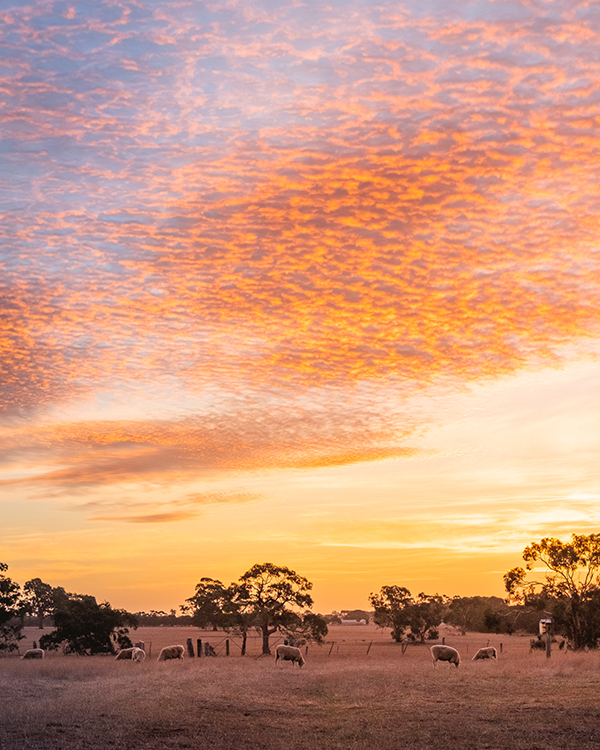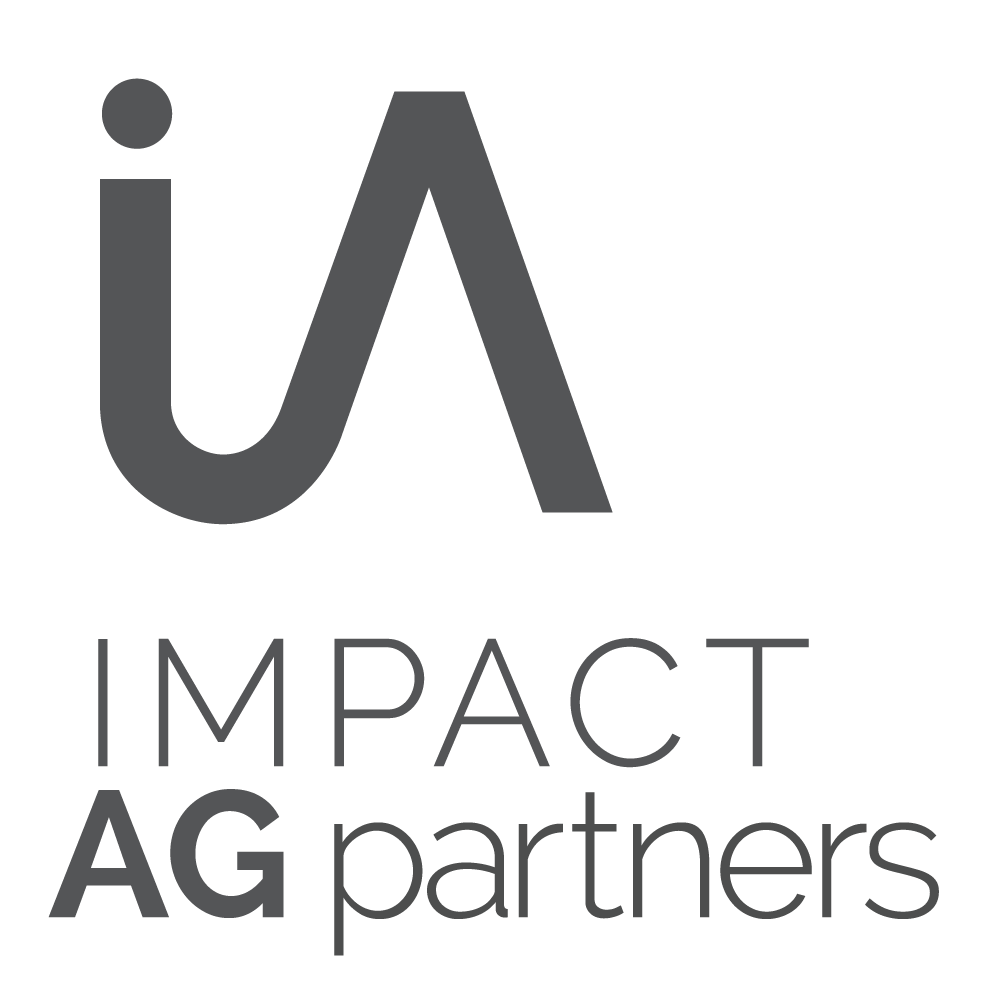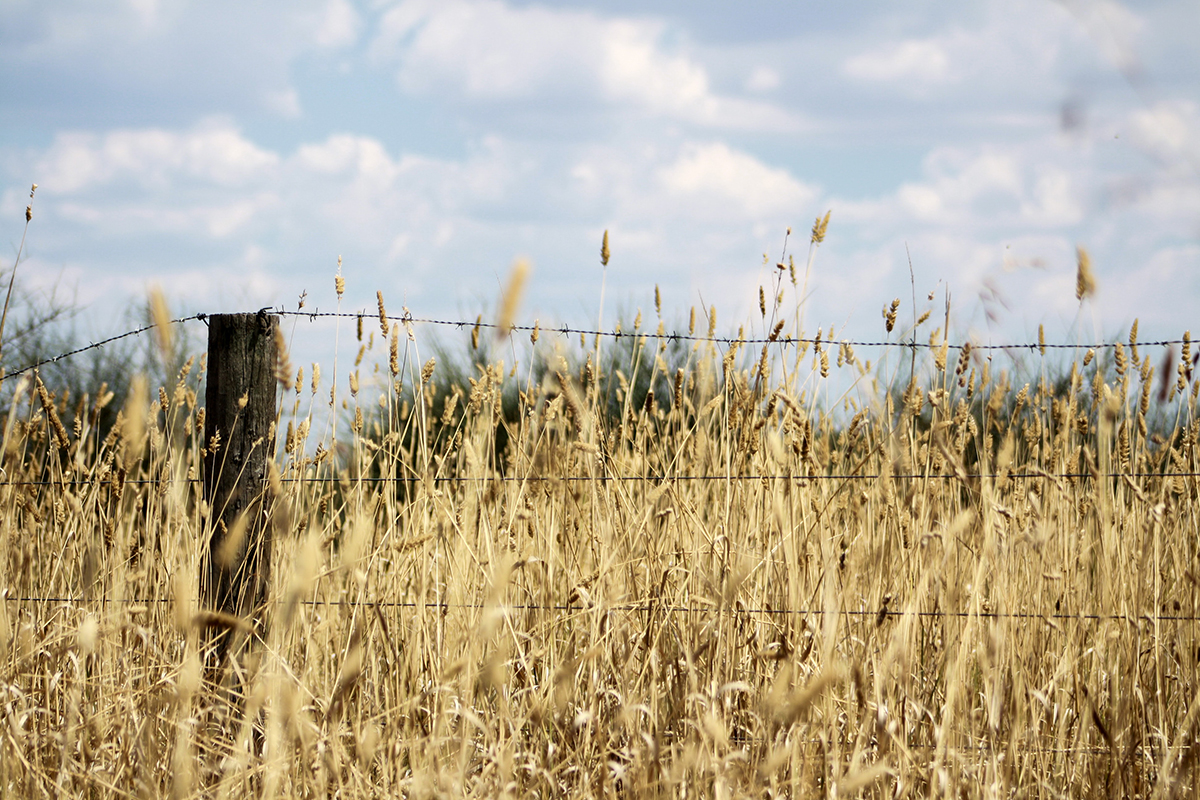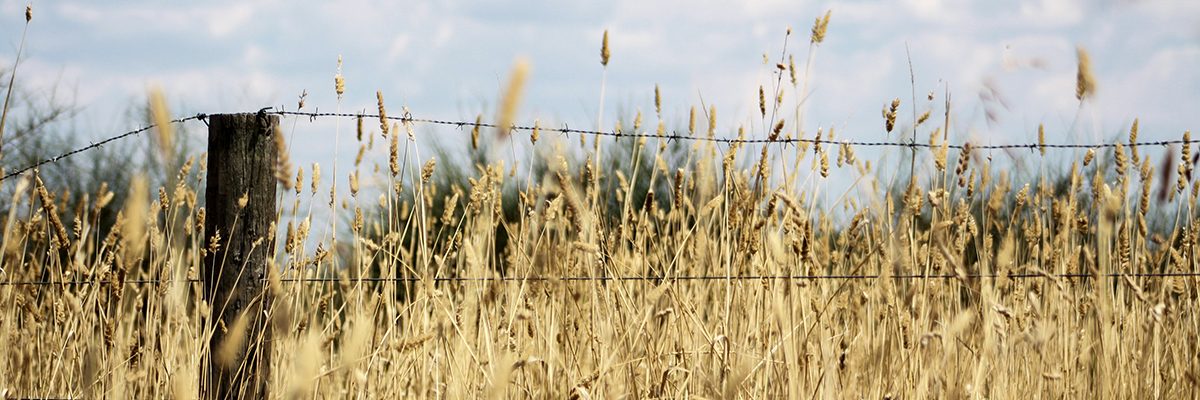 Soil carbon markets that incentivize farmers to use regenerative agriculture practices by offering financial compensation for sequestered carbon are nascent, but on the rise. The space is attracting a lot of attention… and not just from farmers. Tech companies, corporations, asset managers, and investors are among the many stakeholders working to build and capitalize on markets that hold the potential to change agricultural practices, generate financial outcomes, AND address climate change.
Soil carbon markets that incentivize farmers to use regenerative agriculture practices by offering financial compensation for sequestered carbon are nascent, but on the rise. The space is attracting a lot of attention… and not just from farmers. Tech companies, corporations, asset managers, and investors are among the many stakeholders working to build and capitalize on markets that hold the potential to change agricultural practices, generate financial outcomes, AND address climate change.
But carbon is just one part of a larger framework of ecological resources and benefits, called natural capital, that can come from nature – many of which may be poised to bring more value to farmers, ecosystems and investors. Increased investment in natural capital has the potential to advance regenerative agriculture and food systems
Few recognize the opportunity for natural capital as well as Bert Glover. He and his team at Impact Ag Partners, along with Regen Network, helped put together a recent large-scale carbon credit deal with Microsoft worth $500,000 AUD. Leading up to the first Regenerative Food Systems Investment event in Australia, RFSI Managing Director Sarah Day Levesque had a chance to speak with Glover, whose company is a leader in the space and the Presenting Partner for RFSI Australia. Their conversation ranged from his work in the space; to what he thinks is needed to expand successful investment into climate-friendly, regenerative food systems; and what he thinks is possible in the next 20 years.
Sarah Day Levesque (SDL): Bert, can you tell us a little about how Impact Ag came to be and what brought you to this work?
 Bert Glover (BG): Impact Ag Partners was created following my early childhood as a family farmer. I was interested in the data associated with farming performance, so Impact Ag was born from a better understanding of what drove farm financial performance and understanding what was impacting the environment with longer term implications of agriculture on landscapes and societies. I saw an opportunity for a differentiated asset management offering in the market as we started to get approached by increased numbers of investors who were looking for long-term investments in agriculture with a focus on building financial wealth, environmental wealth, and social wealth.
Bert Glover (BG): Impact Ag Partners was created following my early childhood as a family farmer. I was interested in the data associated with farming performance, so Impact Ag was born from a better understanding of what drove farm financial performance and understanding what was impacting the environment with longer term implications of agriculture on landscapes and societies. I saw an opportunity for a differentiated asset management offering in the market as we started to get approached by increased numbers of investors who were looking for long-term investments in agriculture with a focus on building financial wealth, environmental wealth, and social wealth.
SDL: How do you define natural capital in your work? And how do you measure it?
BG: Natural capital comprises Earth’s natural assets (soil, air, water, flora, and fauna), and the ecosystem services they provide (nutritious food, clean water, and fresh air). So from an agricultural viewpoint, these are the assets that land managers are custodians of and depending on how they operate, they can be maintaining, degrading, or improving the condition of these assets.
How we measure natural capital to determine how we are influencing it is tricky and dependent on what type of natural capital we are talking about. Most of what we are dealing with at the moment relates to carbon, therefore we are focusing on carbon emissions and sinks from vegetation, soils, livestock, energy, fertilizers, etc. We are also measuring biodiversity, ecosystem health, water use and health, as well as energy use and source.
SDL: How does Impact Ag work with landowners to increase, measure, and monetize natural capital/ecosystem services?
 BG: We tailor our approach per asset or portfolio depending on what type of natural capital they can influence and what market they are willing to operate within. We are agnostic when it comes to measurement, methods, and markets. It is what is best suited to the asset and investor. Once we’ve informed landowners of the options available, they typically can easily determine which pathway is best suited to their business. From there, we set about establishing a monitoring program that will collect the all-important data which will enable them to participate in various markets and to monetise their natural capital.
BG: We tailor our approach per asset or portfolio depending on what type of natural capital they can influence and what market they are willing to operate within. We are agnostic when it comes to measurement, methods, and markets. It is what is best suited to the asset and investor. Once we’ve informed landowners of the options available, they typically can easily determine which pathway is best suited to their business. From there, we set about establishing a monitoring program that will collect the all-important data which will enable them to participate in various markets and to monetise their natural capital.
SDL: How does Impact Ag work with investors to help them increase the value of their investments?
BG: Firstly, we hunt to find real value in real assets. We look for undervalued assets or assets where there are land use change opportunities. We try and find value based on regional or geographical market dislocation, where there are natural assets, so water, soil and vegetation that is underperforming, depreciated or not as healthy as it could be. That’s where we can have a real impact. Following on from that, we then execute our business plan and that enables us to build that value at the enterprise level and extract more value through getting more exposure through the value chain and optimising those operations.
SDL: How are the investors you work with measuring the success of their investments?
BG: The economic returns are very standard around cash yield and returns on equity. We also measure our environmental returns — for example, trends in soil health, soil carbon trends, and bacteria and fungi ratios as an indicator of soil health. We look at what we’re doing socially in terms of our contributions to community and try to demonstrate this through our key metrics and reporting process.
Natural Capital Markets:
SDL: Your recent carbon credit deal with Regen Network and Microsoft is pretty big news. Do you think that this deal opened any doors or floodgates for more deals of this scale in Australia?
 BG: Floodgates. We have had an overwhelming response from various sectors and entities seeking to procure carbon credits. Demand is not the issue, whether it be from major emitters, supply chain participants, financial institutions or investors, the demand is currently insatiable. As soon as we are able to bring more deals like this to various markets in which we participate, we will, and these will likely be forward sold in future.
BG: Floodgates. We have had an overwhelming response from various sectors and entities seeking to procure carbon credits. Demand is not the issue, whether it be from major emitters, supply chain participants, financial institutions or investors, the demand is currently insatiable. As soon as we are able to bring more deals like this to various markets in which we participate, we will, and these will likely be forward sold in future.
SDL: What do you see as the greatest challenge that needs to be overcome in order for the natural capital markets to meet their full potential?
BG: Supply. As a sector we need to be able to provide a meaningful amount of certifiable ecosystem services, beyond just the food and fibre we as a sector currently produce. We need to be seen as a reliable source of supply. This will require more participation from landholders who are having a positive impact on their natural capital assets. As more certification methods become available and as the measurement processes become more efficient and the market options expand, I think more land managers will be willing to participate, but the biggest constraint for the foreseeable future will be supply.
SDL: Where do you see the biggest opportunity for innovation in natural capital markets right now?
BG: Right now it’s anything linked to carbon credits and measurement and verification processes, or even new markets. These areas are currently attracting significant interest and capital globally and are, as a result, rapidly evolving and developing. I think going forward, innovation with the greatest impact will be around scaling management practices that can reliably produce carbon credits while maintaining productivity and profitability of the underlying agricultural asset, and anything that will increase and streamline land holder participation.
Are We There Yet?
SDL: What would you say to someone who told you the business or investment case for regenerative practices just hasn’t been proven yet?
BG: I think that’s a fair comment. From a large-scale investment point of view, I don’t think there are any large-scale regenerative investments that have got a long-term track record. I think there are more and more of us that have hundreds of millions of dollars of assets under management that have got some track record. One of the major things to think about here is regenerative agriculture takes time. Sometimes we talk about how nature can do things cheaper and that takes time. Making change towards regenerative agriculture has externalities to play with. We need to focus on controlling the controllables and any externality. It takes time working with nature and I think as an industry we’ve got to work harder at providing the data and demonstration of the performance. That is why at Impact Ag we talk a lot about data and the fact that we are data heavy.
Looking Ahead:
SDL: What do you think investment in natural capital or in regenerative agriculture will look like in 20 years?
BG: I think in 20 years time we’re going to see 10 years plus of track record of regenerative investments coming from institutional capital, insurance companies, and pension funds. We will see investment from people in the trades of the red meat industry, food service sector, and fast moving consumer goods companies, back down the value chain to help catalyze regenerative agricultural practices. They will take those products, branded and preimmunized, through to the consumer. We will see trade investment, government investment, and government incentives for people to participate in regenerative agriculture. The development of mature natural capital markets. The sooner investors investing in real assets — the value chain, brands, or commodities — get involved, the better, because it takes time to develop all of these assets and different opportunities.
—
To learn more about Impact Ag’s work in investment in natural capital and how that will shape the next 20 years, please visit https://www.impactag.com.au/.
If you missed the RFSI Australia event, you can learn more here and access the replay of the event.
Sarah Day Levesque is Managing Director at RFSI & Editor of Raising Regenerative News. She can be reached at sdaylevesque@questorcorp.com.
